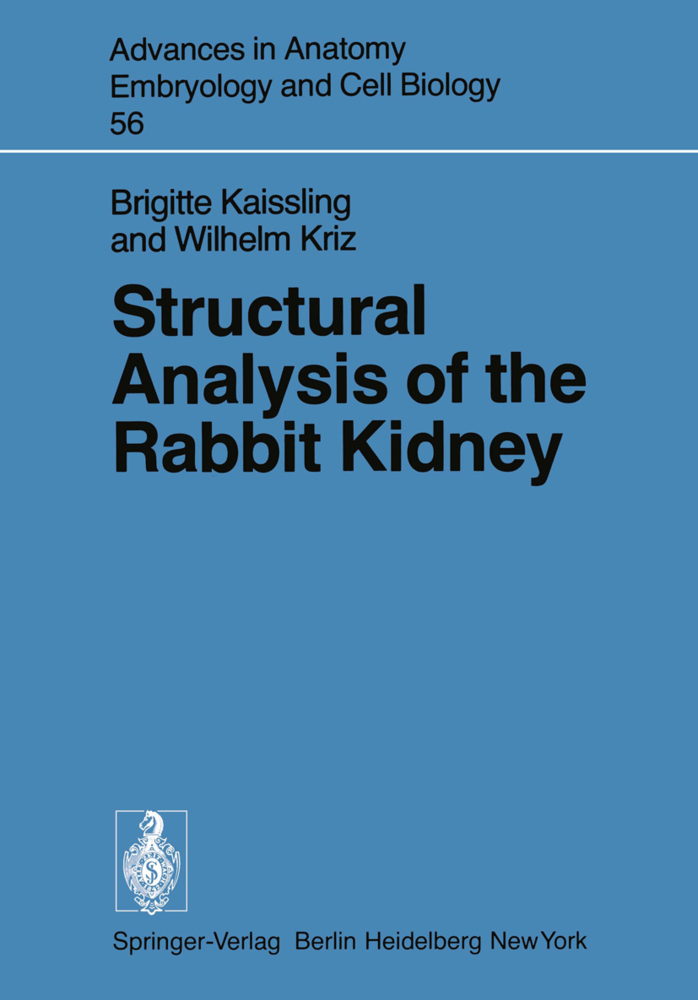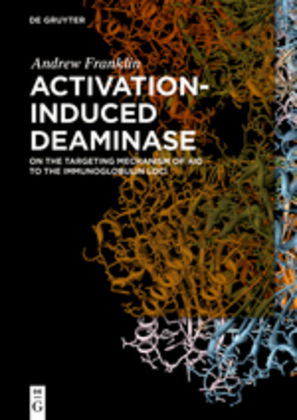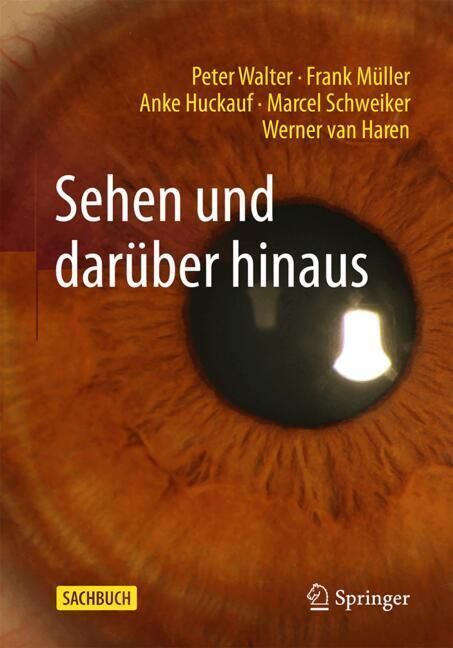Structural Analysis of the Rabbit Kidney
Structural Analysis of the Rabbit Kidney
Karl Peter stated in 1909 in his famous monograph, Untersuchungen iiber Bau und Entwicklung der Niere, that the rabbit has a simply structured kidney and without knowledge of it he would not have succeeded in understanding the structural organi zation of other more complicated kidneys. Even with today's advanced knowledge of kidney organization this statement is still valid. With regard to the histotopographic relations of tubules and vessels as well as to the ultrastructure, the rabbit kidney is more simply organized than other mammalian kidneys, for example the mouse kidney and especially the Psammomys kidney. The rabbit kidney essentially displays the basic pattern of a mammalian kidney. Therefore, a thorough knowledge of the morphology of the rabbit kidney is indispensable for investigating kidneys of other species. Another reason for extensively investigating the rabbit kidney is that it is the only kidney with tubules that can easily be isolated and, therefore, be used for in vitro experiments (Burg et al. , 1966). Many investigations using these techniques have been performed in the last decade (for references see corresponding chapters). Accordingly the different segments of the nephron are functionally best characterized in the rabbit kidney. The purpose of this paper is to supply the basis for good structural-functional correlations. 2 Material and Methods 2. 1 Light Microscopy The histologic and histotopographic observations are based on a study of the kidneys of a total of 25 male and female New Zealand rabbits (2500-4500 g body wt. ). . 2. 1.
2 Material and Methods
2.1 Light Microscopy
2.2 Electron Microscopy
3 Structural Organization
3.1 Renal Pelvis and General Description
3.2 Blood Vessels (In cooperation with L. Bankir)
3.3 Lymph Vessels
3.4 Tubules
3.5 Architecture
3.6 Comparative Aspects of Structural Organization
3.7 Functional Aspects of Structural Organization
4 Ultrastructural Organization of Nephrons and the Collecting Duct System
4.1 Proximal Tubule Ultrastructure
4.2 Thin Limb Ultrastructure (In cooperation with J. M. Barrett)
4.3 Distal Tubule Ultrastructure
4.4 The Collecting Duct System
4.5 Appendix I: Distal Tubule and Collecting Duct Nomenclature
4.6 Appendix II: Tubular and Epithelial Dimensions
5 Summary
6 References.
Content
1 Introduction2 Material and Methods
2.1 Light Microscopy
2.2 Electron Microscopy
3 Structural Organization
3.1 Renal Pelvis and General Description
3.2 Blood Vessels (In cooperation with L. Bankir)
3.3 Lymph Vessels
3.4 Tubules
3.5 Architecture
3.6 Comparative Aspects of Structural Organization
3.7 Functional Aspects of Structural Organization
4 Ultrastructural Organization of Nephrons and the Collecting Duct System
4.1 Proximal Tubule Ultrastructure
4.2 Thin Limb Ultrastructure (In cooperation with J. M. Barrett)
4.3 Distal Tubule Ultrastructure
4.4 The Collecting Duct System
4.5 Appendix I: Distal Tubule and Collecting Duct Nomenclature
4.6 Appendix II: Tubular and Epithelial Dimensions
5 Summary
6 References.
| ISBN | 978-3-540-09145-5 |
|---|---|
| Artikelnummer | 9783540091455 |
| Medientyp | Buch |
| Copyrightjahr | 1979 |
| Verlag | Springer, Berlin |
| Umfang | X, 126 Seiten |
| Abbildungen | X, 126 p. 47 illus. |
| Sprache | Englisch |









